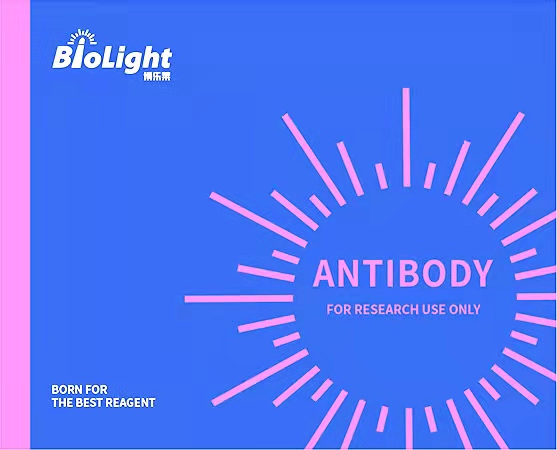
Anti-PRL Antibody, Rabbit Polyclonal
产品编号:PA00710MuA10
$ 询价
规格 50uL 100uL 200uL 可选
产品名称:Anti-PRL Antibody, Rabbit Polyclonal
经验证的应用:/
交叉反应:/
特异性:mouse PRL
免疫原:Recombinant mouse PRL protein, fragment Leu32~Cys228; UniprotKB: Q9CPQ2
制备方法:Produced in rabbits immunized with mouse PRL, and purified by antigen affinity chromatography
来源:Polyclonal Rabbit IgG
纯化:Immunogen affinity purified
缓冲液:Supplied in PBS, 50% glycerol and less than 0.02% sodium azide, PH7.4
偶联物:Unconjugated
状态:Liquid
运输方式:This antibody is shipped as liquid solution at ambient temperature. Upon receipt, store it immediately at the temperature recommended.
储存条件:This antibody can be stored at 2℃-8℃ for one month without detectable loss of activity. Antibody products are stable for twelve months from date of receipt when stored at -20℃ to -80℃. Preservative-Free. Avoid repeated freeze-thaw cycles.
别称:hCG_36753
背景信息:Prolactin. Prolactin (gene name PRL) is a secreted neuroendocrine pituitary hormone that acts primarily on the mammary gland to promote lactation, but has pleiotropic effects in both males and females (1-6). Prolactin is predominantly found as 199 amino acid, 25 kDa glycosylated and 23 kDa non-glycosylated monomers (6). Human prolactin shares only 60% and 63% amino acid sequence identity with mouse and rat prolactin, respectively, although rat prolactin can activate the human prolactin receptor (3). Post-translational modifications such as polymerization, complex formation with IgG (in humans), glycosylation, and proteolytic cleavage can alter the activities of prolactin (6-8). Non-glycosylated prolactin is produced by the pituitary and packaged in storage granules before secretion, while glycosylated prolactin is reported to be constitutively secreted, have lower biological potency, and be removed from the circulation more quickly (3, 6, 7). Cleavage by matrix metalloproteinases or Cathepsin D can produce N-terminal 16 kDa antiangiogenic fragments also called vasoinhibins (9, 10). Thrombin can produce C-terminal 16 kDa fragments that are not antiangiogenic (3). Prolactin is synthesized mainly by the anterior pituitary in all mammals, where secretion is under tonic inhibition by hypothalamic dopamine (2, 3). In humans, prolactin is also produced peripherally (2-5). Prolactin expression is low during early human pregnancy, but increases in late pregnancy (2, 3). The prolactin receptor (gene name PRLR) is a transmembrane type I glycoprotein that belongs to the cytokine hematopoietic receptor family. Expression of the prolactin receptor is widespread (2-5). Each prolactin molecule is thought to bind two receptor molecules (11). In addition to its lactogenic activity, peripherally produced prolactin plays roles in breast and prostate cancer development, regulation of reproductive function, and immunoregulation (5, 6)
全称:Prolactin (PRL)
说明书:待上传

